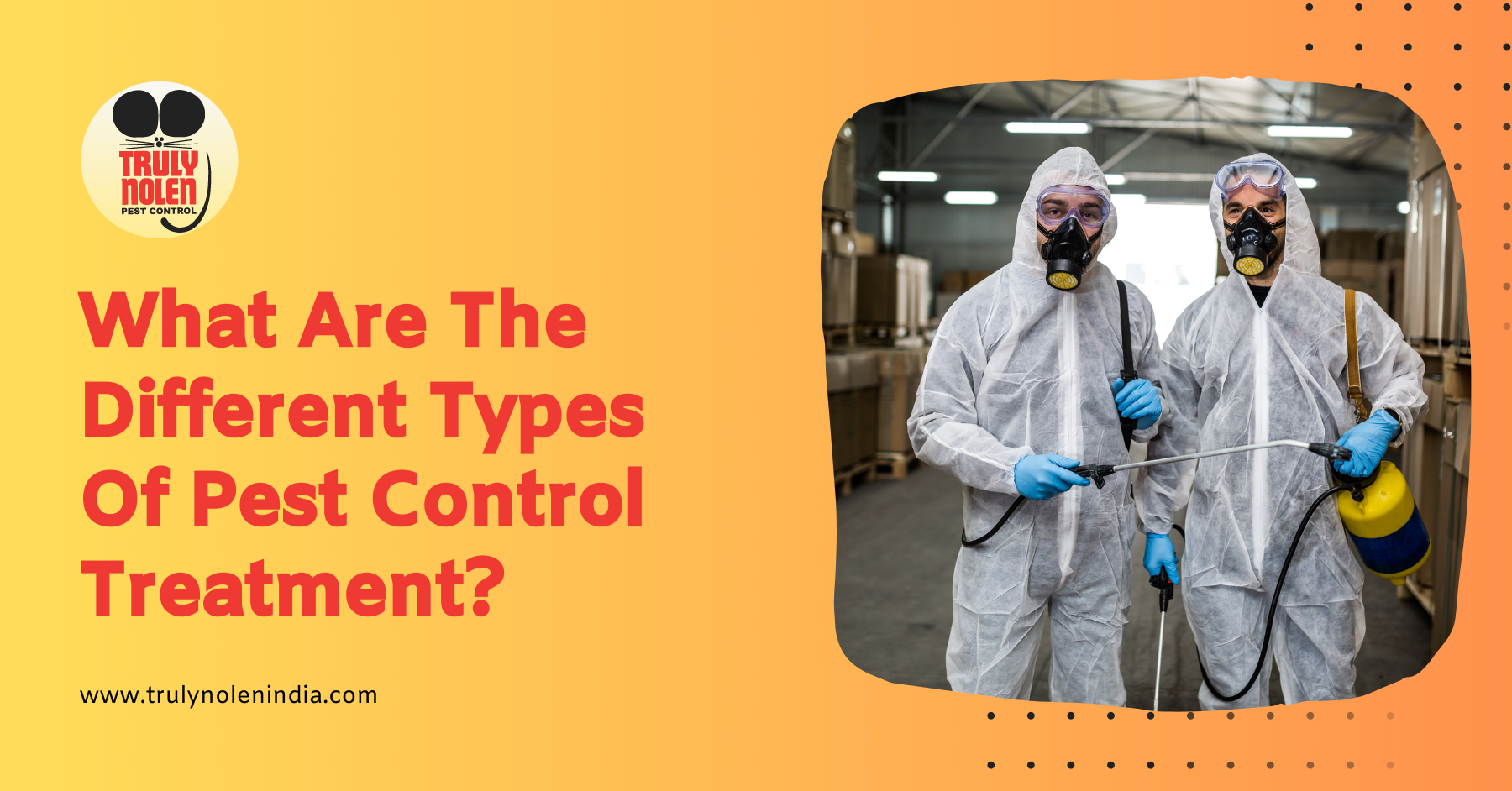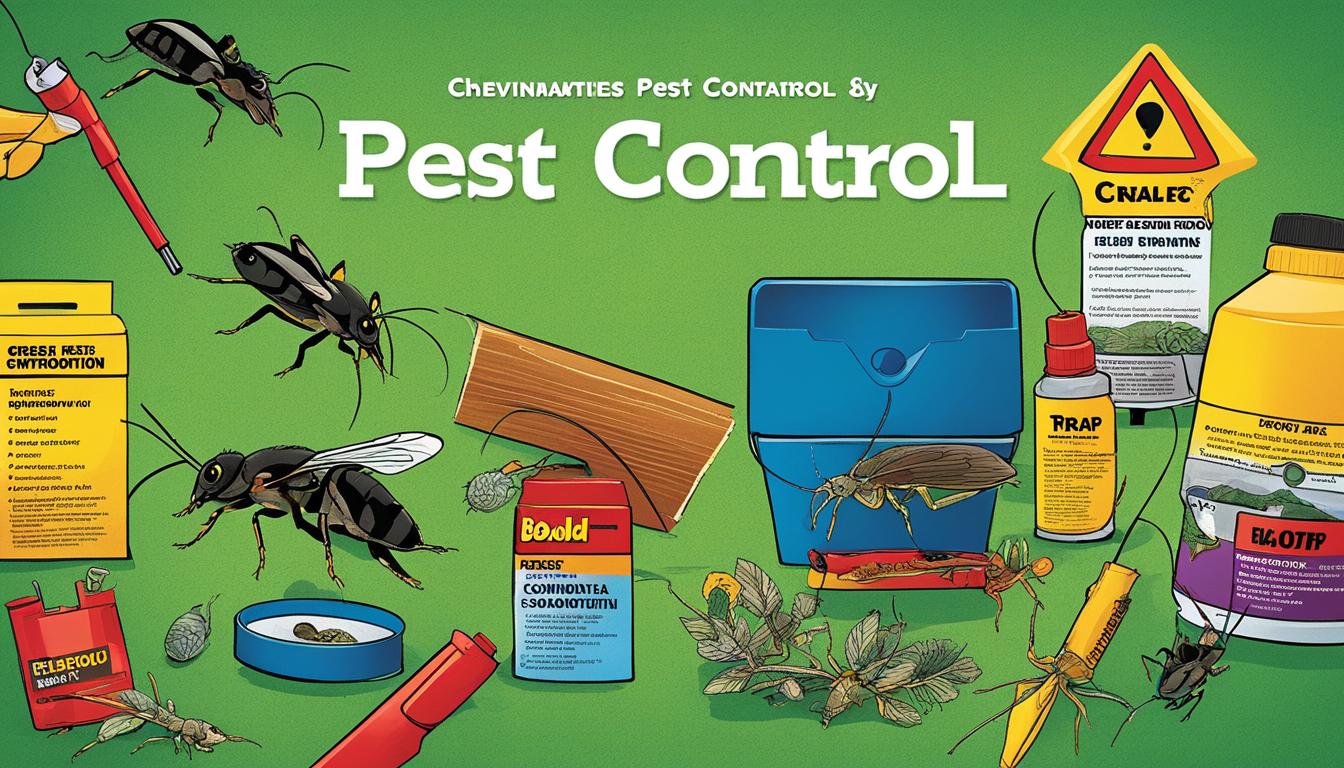A Biased View of Pest Control
Table of ContentsThe 10-Minute Rule for Pest ControlThe Single Strategy To Use For Pest ControlThe Buzz on Pest ControlThe Basic Principles Of Pest Control Some Known Facts About Pest Control.
Limitations of Chemical Management Be able to examine pest issues, determine if management is essential, and make appropriate recommendations making use of IPM methods. Be acquainted with different approaches of bug monitoring - their benefits and limitations.This phase talks about (IPM), a strategy that utilizes expertise about bugs and their, practices, nonchemical approaches, and pesticides to handle bug issues. Added information about IPM for particular plants is included in phases that concentrate on those plants. Parasites in a yard or landscape may consist of pests and mites, weeds,, animals, and birds.
Lots of people hurry to pull, hoe, or spray every weed they see. Insects and weeds, however, play a function in the. After planting a garden or establishing a yard, the natural process of plant succession starts to improve and nonnative plants. A weed expanding in a yard stands for the initial stage in a sequence of events that, if allowed to continue, can at some point lead to a woodland.
What we call "insects" are part of a natural system at the office. An ecological community has no bugs. Only humans consider particular types insects when they occur where they are not desired. We will certainly be much more successful in taking care of undesirable types when we realize that these organisms adhere to predictable patterns that we can use to our benefit.
Some Of Pest Control
Pests vulnerable to a chemical were promptly killed, leaving immune ones to breed and multiply. It became clear that pesticides alone would not fix all parasite issues. Rather, overuse of pesticides triggered the growth of immune insects. Researchers began to develop a new approach to pest control. This new technique was referred to as integrated bug monitoring (IPM).
An IPM strategy permits some degree of pests in the environment. Bugs are a lot less most likely to endure a program that makes use of several various methods of lowering their populations. Integrated insect administration was very first recommended by entomologists since bugs were the very first group of parasites to prove difficult to manage with chemicals alone.
insect and host precisely. and think about financial or aesthetic injury. A threshold is the factor at which activity must be taken. a treatment technique utilizing mechanical, cultural, biological, or chemical controls, or a mix of these strategies. success of treatments. IPM has actually expanded past bugs to management of all pest populaces: weeds, illness organisms, and mammals.
The smart Trick of Pest Control That Nobody is Talking About
Administration instead than removal of parasites is the goal. An IPM strategy starts with a mindful examination of each bug infestation.
Clover growing in a yard may be viewed as an unwanted weed, yet click reference as a bean it is synthesizing nitrogen for the soil and the blossoms are giving nectar to honey bees and other. Tolerance for some weeds may become part of an IPM plan. might be consuming the fallen leaves of a plant, but when they are identified as the larvae of Eastern tiger swallowtail butterflies, their damages might be endured so we can enjoy the lovely butterfly.

The second most vital device in bug management is very early intervention. Reacting to troubles promptly, before they have time to increase, calls for a much less significant intervention.
The Definitive Guide for Pest Control
Numerous secure, useful, nonchemical approaches of plant defense and parasite management might lower or get rid of the need to spray. Other techniques are most beneficial when made use of with pesticides. To implement administration methods appropriately and to minimize losses, garden enthusiasts must understand the kinds of insects that attack plants and recognize pest biology.

Conducting a soil test and using only the recommended amount of fertilizer and lime makes the most of the benefit to the plant while decreasing problems associated with excessive use of plant food - Pest Control. Treatment the soil with several inches of mulch protects the plant in a number of Our site means: lowering soil water loss to dissipation, reducing weed competition, giving nutrients, and producing an appropriate setting for earthworms and bacteria that maintain the dirt loosened for roots and damage down organic material to launch nutrients
If mulch touches the trunk, it can create a means for voles, microorganisms, and fungis to attack the plant. Do not use manure or compost that has actually not extensively decayed as a top dressing because it can encourage unwanted pests. Research study suggests that tilling the soil is harmful to dirt structure.
Pest Control Fundamentals Explained
If tilling is considered essential, take into consideration doing it in the autumn when the life cycles of numerous insects brings them near the surface area. At the surface, parasites come to be revealed to the weather as well as birds and other natural opponents.